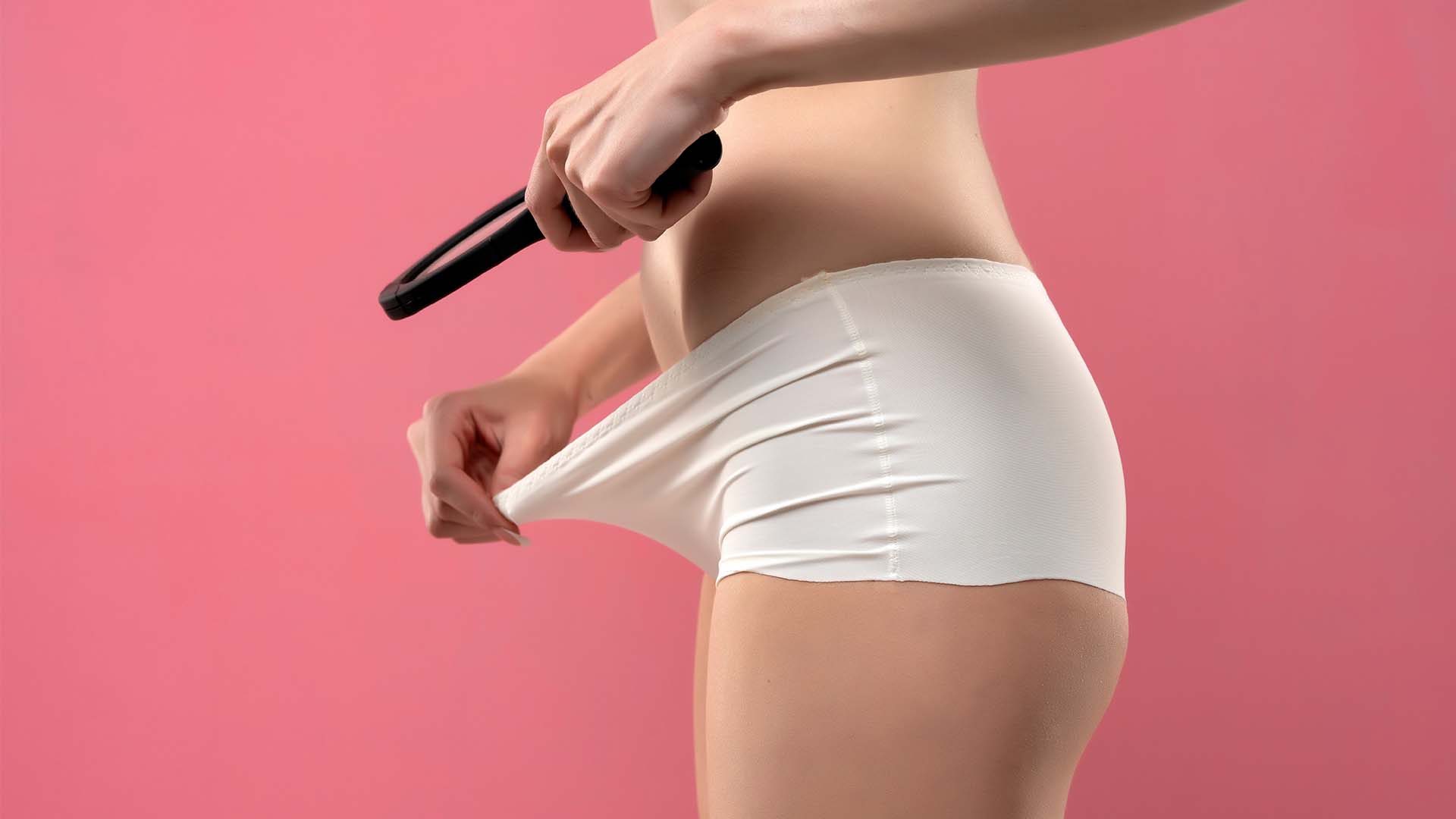What is Bacterial Vaginosis?

Bacterial vaginosis (BV) is a common bacterial infection caused by an imbalance of bacteria in the vagina. It is not considered a sexually transmitted infection (STI), but sexual activity can increase the risk of developing BV.
BV is the most common vaginal infection in women of reproductive age, affecting approximately 30%* of women at some point in their lives. Our latest consumer survey revealed that one-third of the women experienced vaginal infections, including bacterial vaginosis (BV), urinary tract infections (UTIs), or thrush, with over 10%* dealing with these issues daily.
Causes of Bacterial Vaginosis
BV is caused by an overgrowth of certain types of bacteria in the vagina. Normally, the vagina is inhabited by a balance of “good” and “bad” bacteria. BV occurs when there is an overgrowth of “bad” bacteria, which can include Gardnerella vaginalis, Atopobium vaginae, and Prevotella species.
Symptoms
The symptoms of BV can include a thin, greyish-white vaginal discharge with a foul, fishy smell, itchy vagina and irritation around the vagina. Some women may experience burning or discomfort during urination. However, many women with BV may not experience any symptoms at all.
Create your free Diet Profile and understand your diet.
Treatments
BV is typically treated with antibiotics, either orally or as a topical cream or gel. 'Metronidazole' and 'clindamycin' are the most commonly prescribed antibiotics for BV. While antibiotics can effectively treat BV, they can also disrupt the balance of bacteria in the vagina and increase the risk of developing other vaginal infections or STIs. Therefore, it is important to complete the full course of antibiotics as prescribed by a healthcare provider.
Antibiotics can also kill off good bacteria in your gut, so it's also recommended to take a good quality probiotic and prebiotic alongside your antibiotic. When taking probiotics alongside a course of antibiotics, make sure you leave 2-3 hours after you have taken your antibiotic before taking your probiotic.
Prevention
There are several steps women can take to prevent BV. These include:
- Avoiding douching: Douching can disrupt the natural balance of bacteria in the vagina and increase the risk of developing BV.
- Practicing safe sex: Using condoms can help prevent the spread of bacteria that can cause BV.
- Avoiding irritants: Irritants like scented soaps, vaginal sprays, and bubble baths can disrupt the natural balance of bacteria in the vagina and increase the risk of developing BV.
- Wearing breathable clothing: Wearing loose-fitting clothing made of breathable materials like cotton can help prevent the growth of bacteria in the vagina.
- Take probiotics: Probiotics help to keep the gut-microbiome in check which then has a positive influence on the vaginal microflora. A healthy vaginal microflora is more resistant to the bacteria that cause BV.
Difference between BV and a yeast infection
While BV and yeast infections are both common vaginal infections, they are caused by different types of organisms. BV is caused by an overgrowth of “bad” bacteria in the vagina, while yeast infections are caused by an overgrowth of yeast.
The symptoms of BV and yeast infections can be similar, including itching, irritation and discharge. However, the discharge associated with a yeast infection is usually thick, white and clumpy, while the discharge associated with BV is thin, greyish-white, and has a foul, fishy odour.
*This article contains data from UK surveys conducted by DR.VEGAN®. All survey findings reflect our own research efforts and have not been influenced or verified by any external organisations or third-party entities.
Want to hear more from our nutritionists? Sign up to our email newsletter for insights and exclusive offers:

















